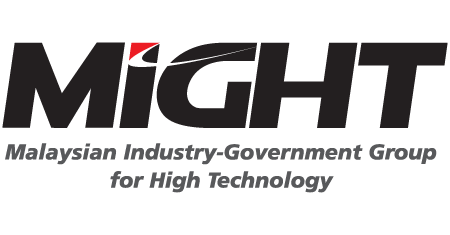One clear take away from the COVID-19 pandemic is that no one country can claim to be able to go it alone. The international health industry and fraternity is an obvious example of nations putting their heads together to come to an agreement on rules and standards, share information and establish good practices. Additionally, even if a country is in a better state than most, the crippling of other economies undermines the collective well-being of all nations, as physical movements are hampered, trade stops and supply chains are disrupted.
This compels a rethinking of the concept of competitiveness as a zero-sum game. Improvements in productivity and competitive ability require changes on many levels and are not without risks, stress and costs. In the business world, financing and project consortia have long operated on this very concept of risk management and collective resilience. With the benefit of hindsight and looking ahead to a post-pandemic future, collaborating to compete is the way to go.
Malaysia ranked 27th on the World Competitiveness Index 2020. The current difficulties notwithstanding, efforts are continuously taken to improve the dynamism and buoyancy of the Malaysian economy vis-à-vis that of other nations. Competitiveness, however, is more than just numbers and indices. The Global Competitiveness Report 2021 states that countries which invested in innovation, digitalisation and a sound welfare system, which in turn resulted in greater social cohesion, have been better able to weather the crisis and rank higher in competitiveness. Collective well-being and competitiveness are in fact complementary concepts.
Getting the prerequisites in place
High productivity together with demonstrated adaptability and resilience are what the nation continuously aspires to – the ‘True North’. Building resilience calls for foresight and an accurate evaluation of risks and future scenarios. Recognising this, the ‘Framing the Future’ initiative of the Global Federation of Competitiveness Councils (GFCC) examines parameters that promote agility, adaptability and innovation to go beyond merely weathering storms but emerging stronger for it.
The F.I.R.S.T model i.e. Finance, Infrastructure, Regulatory, Skill and Talent and Technology is a systematic line up of the pre-requisites. This may be fulfilled by the public sector if the project is of a strategic nature or the capital outlay too big, or the private sector especially in areas of operations and maintenance.
Investors are attracted to the synergy of human capital, infrastructure and operation costs which results in the competitive production of goods and services. One winning example is the Kulim High-Tech Park (KHTP) which continues to register interest from potential investors in areas of medical, biotechnology and electronics, among others, under the most trying investment climate locally and globally. Typically, potential investors would scout and assess through detailed evaluation more than 50 industrial and technology parks globally before reaching the final investment decision. The coming together of all the elements of F.I.R.S.T is testament to the adage that the whole is greater than the sum of its parts.
More bang for the buck
Another tried and tested collaborative model is resource matching, an example of which is the Newton-Ungku Omar Fund (NUOF). The programme, spanning years 2014 through 2021, is a science and innovation partnership between the United Kingdom and Malaysia aimed at promoting the prosperity and well-being of Malaysians through fundamental and translational research, as well as capacity building activities. Areas of focus are digital innovation, environment and climate change, food security, health and life sciences and weather and climate science. Using this resource matching model, the benefits are both tangible and intangible in that it shortens the learning curve and lessens financial outlay with similar, mutually beneficial outcomes.
360-degree touchpoints
The impact of a well-executed collaboration often goes beyond an intended economic outcome to also positively impact inclusiveness and environmental sustainability.
The waste-to-wealth project involving the rice farmers in Kedah is a case in point. Rice husks, the by-product of rice milling, is an agricultural waste. Because they seem to be of little or no value, farmers traditionally resort to open burning and scorching, creating environmental and community issues. By bringing together universities, government agencies, funding institutions as well as the farmers and manufacturers, the ensuing research and development resulted in the conversion of the rice husk into highly sought-after products, for example for use as packaging material.
Rice husks decompose at a faster rate than petroleum-based products, are of considerably lower carbon footprint, more environmentally friendly, and are, therefore, labelled as green products. As a result, they are marketable in developed countries, especially the Scandinavian economies. They were also marketed in the Silicon Valley and were met with great interest for use as internal casings for laptops and smartphones.
While the economic benefits are commendable, the positive outcome of collaborations goes much further on both the national and global fronts. Ultimately, collaborations encourage parties taking ownership, responsibility and accountability – the bedrock of sustainable partnerships.
— BERNAMA

